Some of the highest-performing content in marketing right now was filmed vertically, lit with a bathroom light, and edited in someone’s car. User-generated content is pulling more weight than ever across paid, organic, and owned channels. The brands winning with UGC aren’t winging it. They are calculating timing, matching message to platform, partnering with creators who don’t sound like marketing departments, and letting their best customers lead. If your campaigns still rely on perfect lighting and clever taglines, you’re giving your competitors room to win ugly, and convert faster.
Now let’s get specific about mastering UGC: when to launch it, where it belongs, why it works, and how to scale it without sounding like an ad.
WHEN - The Right Time to Launch UGC
The impact of user-generated content scales fastest when it is timed with intent. Adding it too late turns it into a fix. Adding it too early risks wasting momentum. Adding it at the right moment creates lift that branded content rarely delivers on its own. Product launches demand credibility on day one. UGC helps validate new products instantly, before reviews roll in or ad budgets ramp up. Early impressions from real customers outperform branded messages because they reduce doubt without adding pressure.
Campaign fatigue is a common ceiling that can be broken with UGC. If paid performance begins to slide and core metrics like CTR or engagement drop, rotating in real content resets attention.
Comscore reports that UGC-based ads deliver four times higher click-through rates compared to traditional brand creative. That level of performance unlocks better return on spend without a full rebuild.
Lead time before major buying seasons is another high-leverage window. UGC warms up your audience in the weeks before discounts and urgency take over. Brands that run UGC in the pre-sale window see up to 50% more engagement during high-volume periods, according to Curalate. This timing gives customers familiarity and confidence before price becomes the hook.
Brands ready for UGC tend to show three clear signals:
- Customers are tagging, reviewing, or mentioning the brand without prompt
- Messaging is consistent across platforms and does not shift from week to week
- Owned channels have baseline traction and regular interaction from followers
When these are in place, UGC is a growth lever that operates with higher trust, lower cost, and proven impact.
WHERE - Best Platforms for UGC
User-generated content performs differently depending on where it lives. Platform choice shapes how people interact with the content, how far it spreads, and how credible it feels. Dropping the right UGC into the wrong channel wastes reach. Matching content to platform is what turns impressions into action.
TikTok
- Prioritizes authenticity, not production value
- Ideal for product demos, reactions, duets, and stitchable content
- TikTok UGC generates 22% more engagement than brand-created videos
- Best for Reels, Stories, and tag-driven Carousels
- Works well for post-purchase shares, quick tutorials, or aesthetic product setups
- UGC in Stories delivers 70%+ higher swipe-up rates
YouTube Shorts
- Converts testimonials and tutorials into evergreen search-driven content
- Strong fit for industries where touch, texture, or results matter
- Holds viewer attention longer than traditional 16:9 ads, especially with face-forward delivery
Pinterest Idea Pins
- Built for planning, inspiration, and shareability
- UGC-style Pins are 70% more likely to be saved than brand Pins
Execution Guidance
- Use native formats (TikTok = vertical, Pinterest = sequences, Instagram = mixed media)
- Source UGC from creators already using the platform regularly
- Avoid forcing multi-channel content repurposing without tailoring visuals and captions
WHY - Why UGC Converts Better Than Most Ads
User-generated content outperforms traditional creative because it works the way people actually think. Customers trust other customers. They pay attention to content that sounds like someone they know, not a brand trying to push a pitch.
The advantage starts with trust. According to Nielsen, 92% of consumers trust recommendations from people over branded messaging. That trust unlocks momentum early in the decision-making process and eliminates second-guessing at the point of purchase.
The second advantage is social proof. When people see others using a product, the friction around trying it themselves drops. Stackla reports that 79% of people are more likely to trust recommendations from other people than anything a brand says, based on data from Nielsen. That kind of trust speeds up decisions and cuts down hesitation at the moment people are ready to buy.
UGC also beats branded content in distribution. Platforms push what people engage with, not what brands pay to promote. Search Logistics’ data shows that UGC-based ads deliver four times higher click-through rates than standard creative, while Offerpop’s case studies reveal that web conversions increase by 29% when campaigns include authentic customer content.
When customers see a friend posting about your product, it does not trigger an ad response. It triggers recognition. That pattern is what drives performance at scale.
HOW - Finding and Partnering with Microinfluencers
Working with the right creators helps you reach new audiences while keeping your message believable. Microinfluencers, in particular, bring the right balance of attention, focus, and follow-through, without the inflated rates or scripted delivery. They show up consistently, speak directly to their audience, and convert at rates that outperform larger influencer tiers. To understand more about the broader landscape of social media marketing and how to find reliable advice, explore our article on Navigating the Rise of Social Media Marketing Influencers.
You don’t need software to discover great microinfluencers. You need a clear filter and a little consistency.
- Search hashtags relevant to your product or customer identity
- Check who is tagging your competitors or adjacent brands
- Use location tags to find creators in specific cities or regions
- Monitor existing customer tags to identify frequent advocates
The best candidates already talk about your space without prompting. They know the category and can speak to it without needing a script.
How to Reach Out
Generic messages kill momentum. Outreach needs to show that you’ve done your homework.
- Start with a specific compliment about a recent post or comment
- Reference why their audience aligns with your product or offer
- Offer value clearly, free product, paid content, exclusive access
- Provide guidelines but give them full creative control
This approach creates content that feels native to their feed while still aligning with your brand goals. Structured flexibility performs better than over-produced briefs every time.
What to Expect
Good microinfluencer partnerships compound over time. They generate content you can reuse across ads, emails, and product pages. They surface language your customers already use. They bring in buyers who don’t need to be sold, because they already trust the source.
Wrap-Up
Well-timed UGC builds momentum. Platform-specific UGC expands reach. Authentic UGC drives higher click-through rates, stronger engagement, and deeper trust across every channel that matters. Adding microinfluencers into your system turns good content into a consistent pipeline. It gives you reach without sacrificing believability, and it helps you scale without defaulting to paid ads that no longer perform.
If your brand is ready to run content that actually converts, The Idea Farm will help you build the system. We’ll show you how to launch UGC campaigns that perform, source creators who know your space, and scale the process without losing authenticity.
.png)


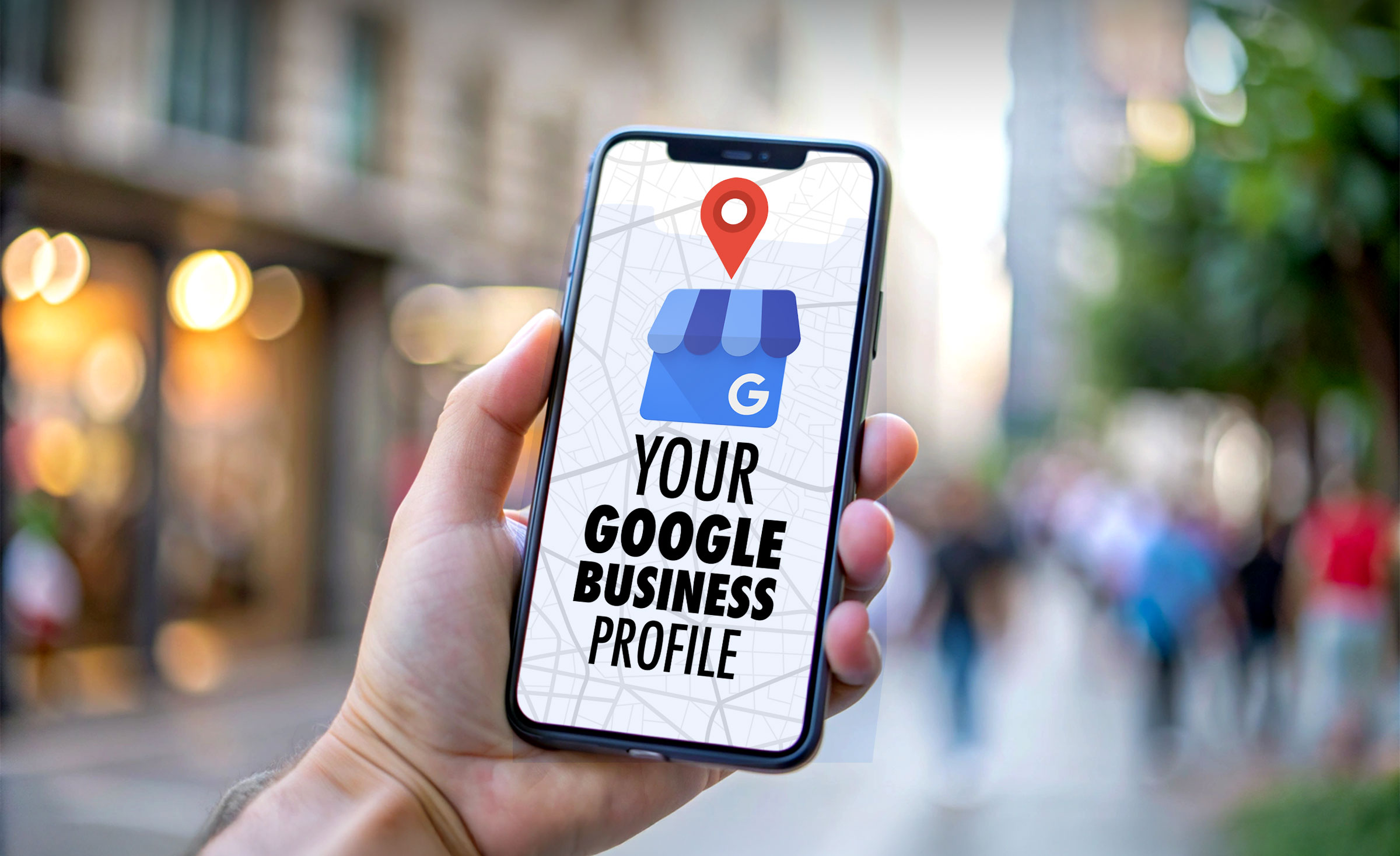


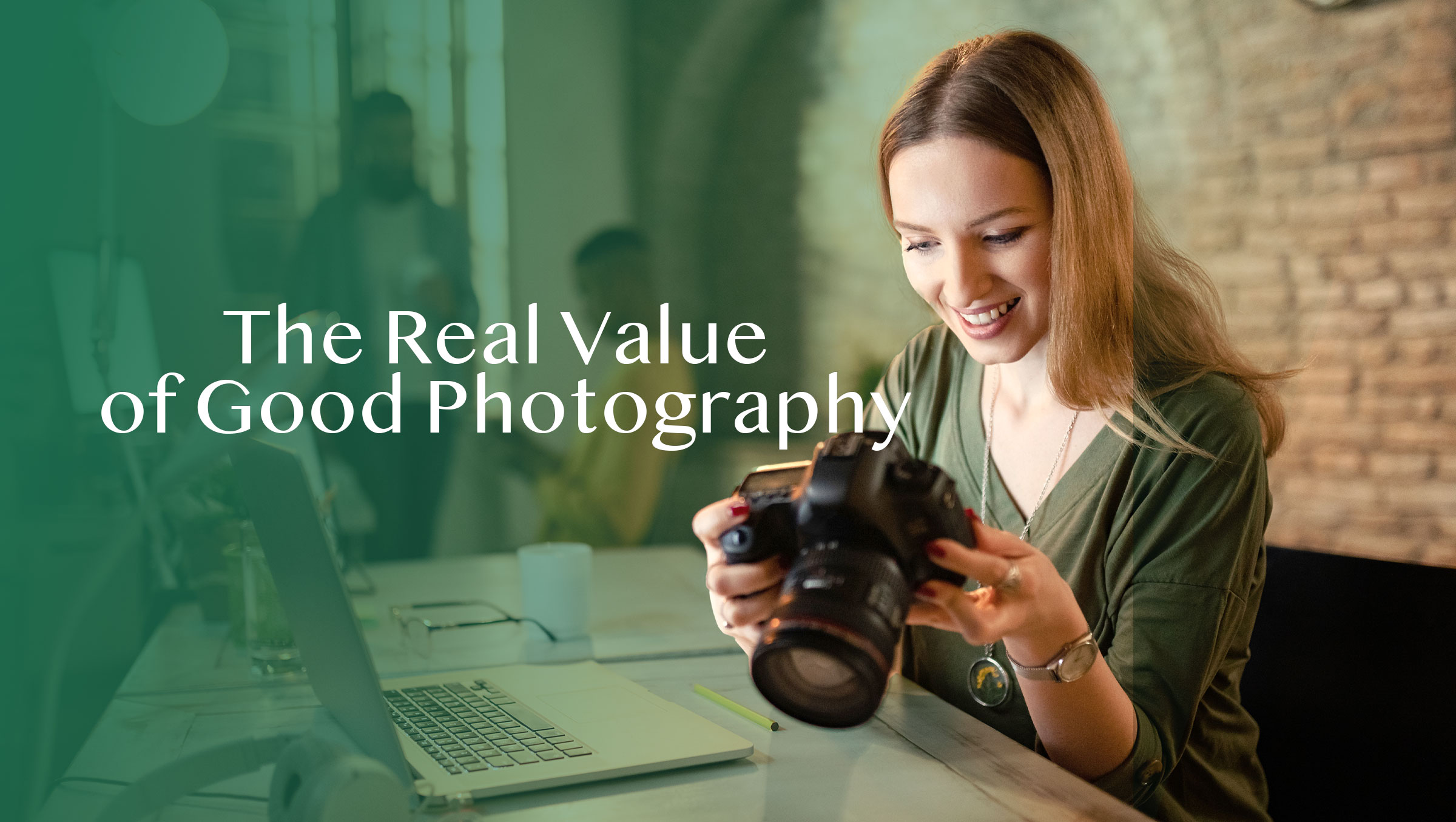

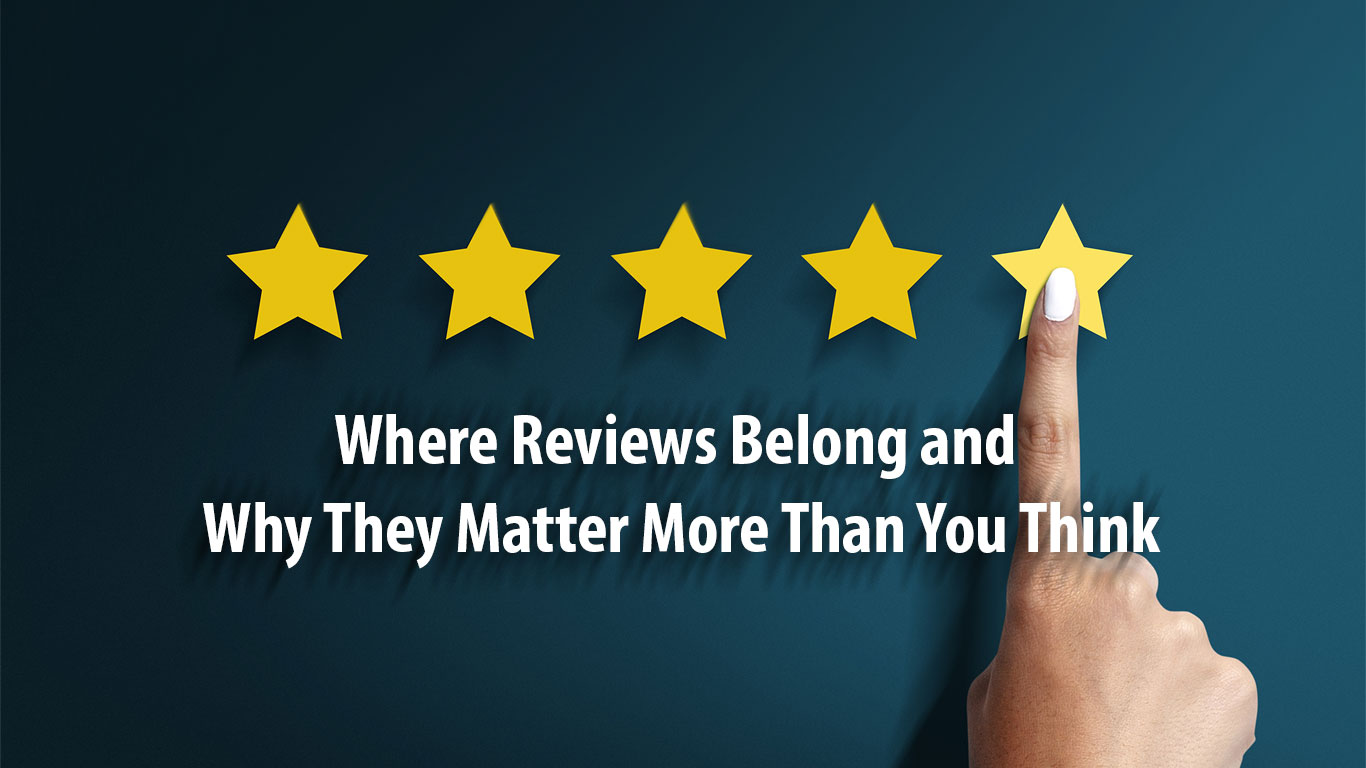

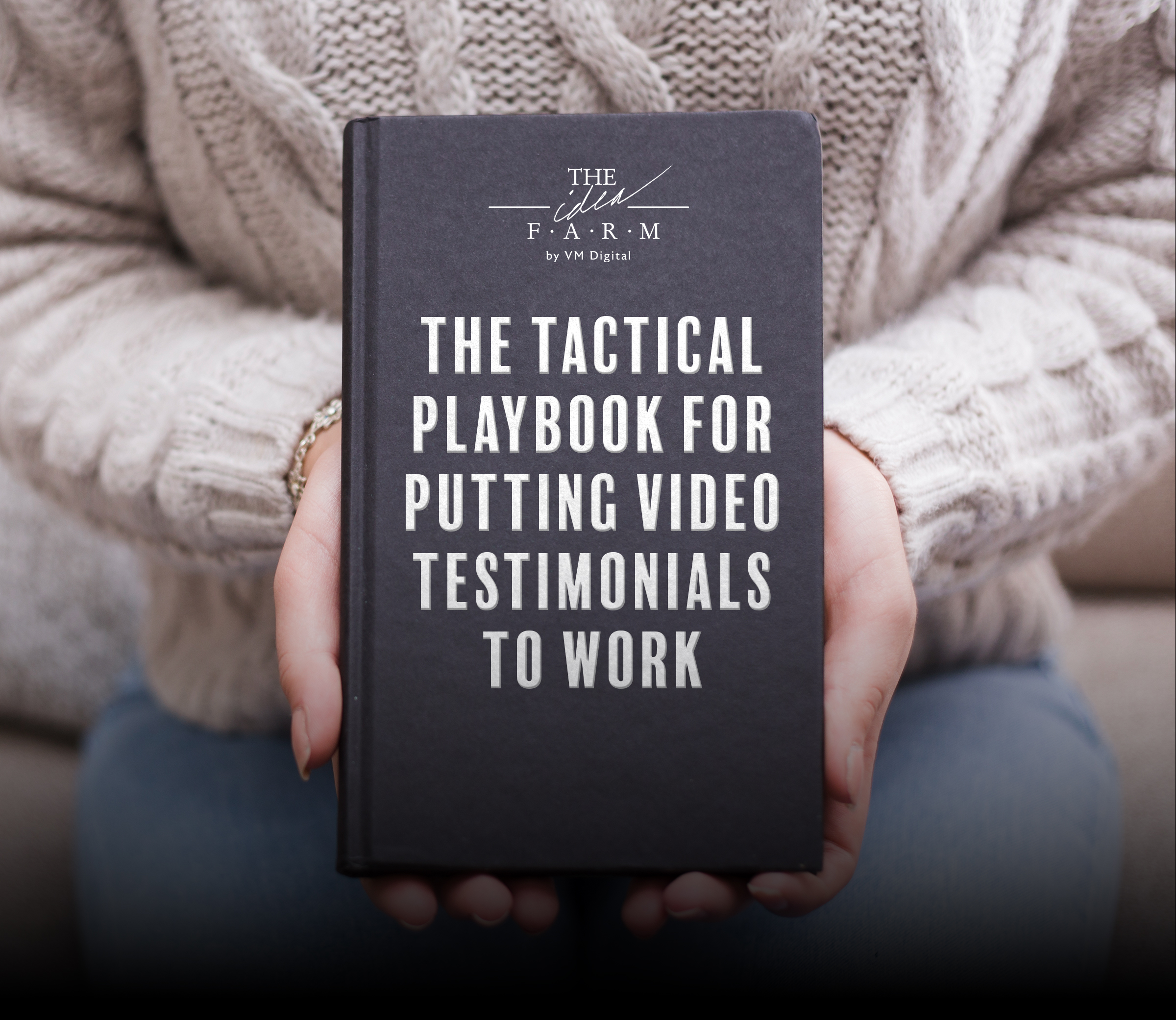

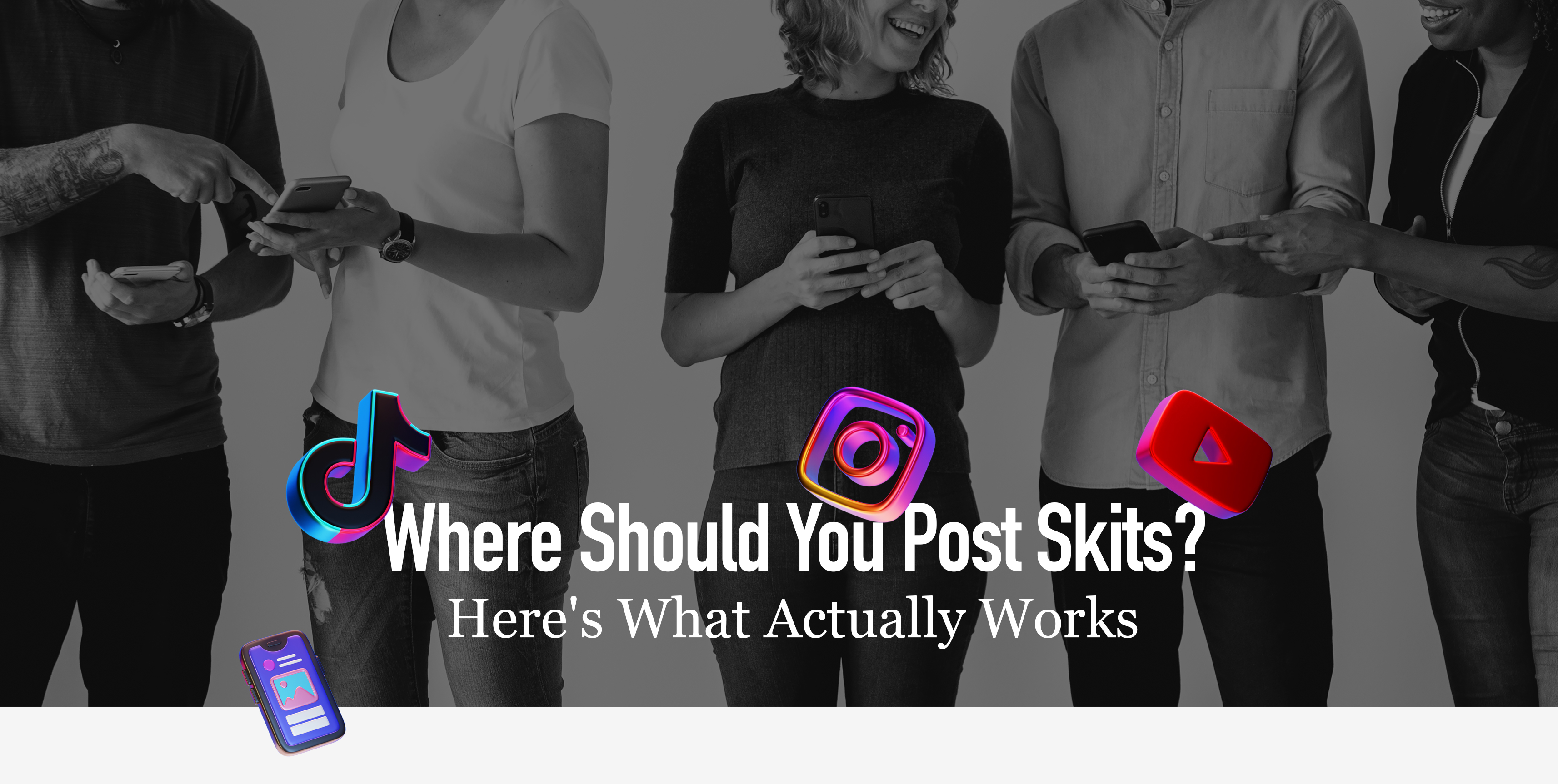

























.svg)





.svg)